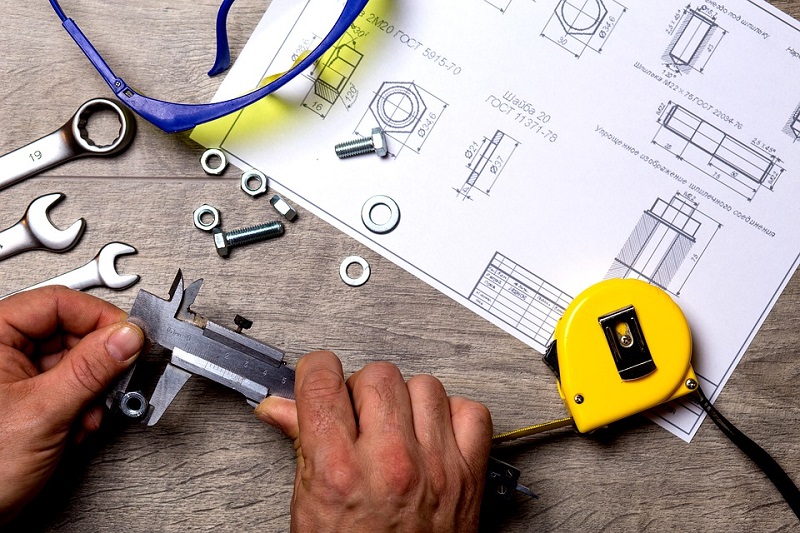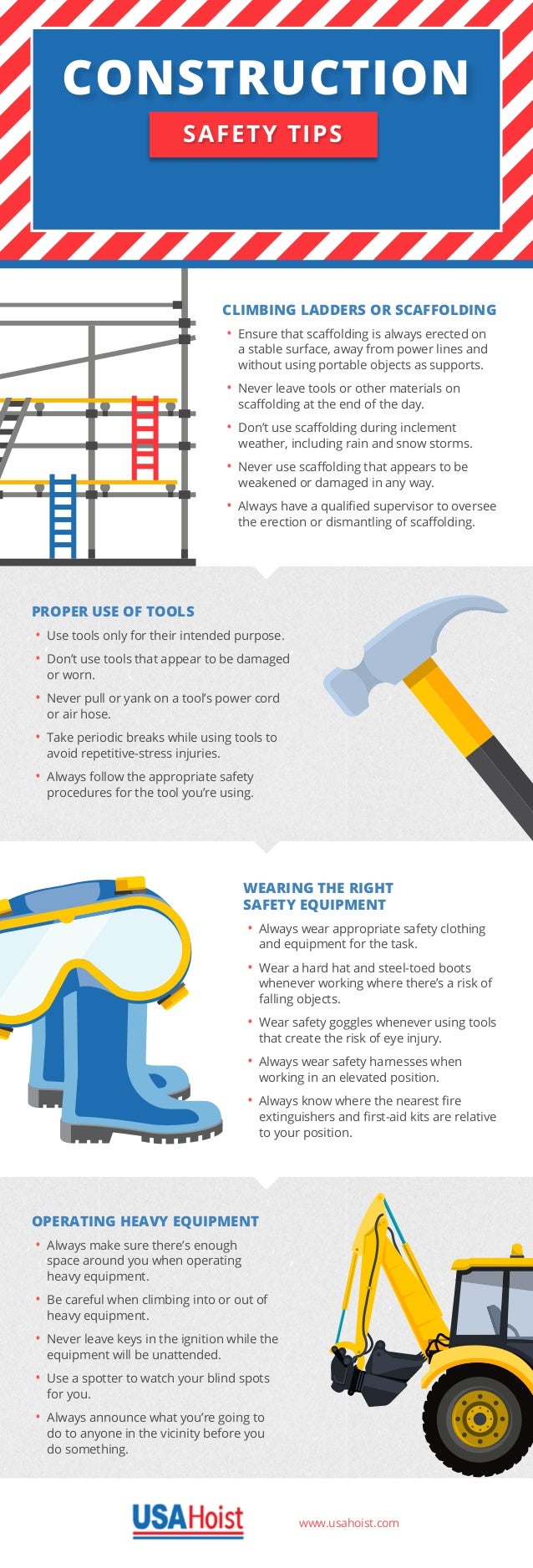If you’re running a business, you’ll understand how days sick and injuries impact you financially. In 2016/17, there were 137 workers killed due to a work–related accident. In 2015/16, there were also over 0.6 million workers who suffered from a non-fatal work injury which led to over 4.5 million working days lost, according to self-reports from the Labour Force Survey. It is also worth noting that in 2016/17, there were 92 members of the public killed due to work–related activities.
However, when looking back to 2014/15, did you know that the cost of injuries in the workplace stood at £4.8 billion, and workplaces had to fit more than half of the bill!
The importance of health and safety in the workplace is clear, not only for reducing the annual bill. Evidently, it’s important that health and safety in the workplace becomes a greater focus. As an employer, your staff’s safety should be at the forefront of your mind. We take a look at what measures a business can put in place to ensure the safety of their employees, as well as the public, to prevent the risk of workplace fatal and non-fatal injuries that could cost your company money in the long-term.
An insight to safety equipment
You won’t be surprised to read that the construction industry is prone to the most workplace injuries. In 2016/17 alone, there were 30 deaths. This was soon followed by those working in agriculture with 27 deaths and manufacturing with 19. These industries in particular often require certain safety equipment to abide by health and safety regulations – and wearing the equipment could separate your employees from a near death experience and a non-fatal injury.
When working on a construction site for example, your employees should wear a hard helmet. If your staff fail to wear the required hard hat, any of those injuries could be a direct cause of not wearing the correct safety equipment. Protective glasses should also be worn by employees that are exposed to debris, dust and bright lights that could damage the employee’s sight.
As well as this, items such as steel cap boots, hi-visibility jackets and safety gloves are compulsory; infact, Unigloves says that their mission is to ensure everyone is able to work safely with the protection that they need, so they could be a good place to go to for gloves, should you need these. Implementing a work health and safety policy is important and staff may well be required to wear safety clothing and equipment in certain parts of the business premises – should this be the case, you may wish to consider providing the equipment for your employees. A heath and safety policy is often the first step to preventing workplace injuries that could lead to fatal deaths or long-term work absences, which cost your company money, so it’s well worth putting one in place and making sure that employees are aware of their role in keeping the workplace safe for everyone.

Is training important?
When it comes to working in some industries, specific training and qualifications are essential. Every employee should be briefed on the safest fire exits around the premises, as well as what the procedure is in case of an emergency. In fact, many premises are permitted to carry out practice fire drills to ensure all members of staff are aware of the routine.
In the manufacturing industry, which is the third most dangerous environment for fatal injuries in the workplace, some job roles require particular training and qualifications to use machinery. Where hazardous or dangerous machinery is involved, staff must be trained on how to use it – and must use the correct safety equipment and clothing at all times. 152,000 of the 621,000 non-fatal injuries in 2015/16 led to over 7 days of work absence – providing your staff with the appropriate training could save you a big cost seen through a loss of working hours due to workplace injuries.
For some job tasks, staff must have certain certificates to prove their capabilities. For example, in the construction industry, any employee who will be navigating a crane will require a Construction Plant Competency Scheme (CPCS) licence.
Understanding scenarios
The main causes of slips, trips and falls in the workplace are uneven floor surfaces, unsuitable floor coverings, wet floors, changes in levels, trailing cables and poor lighting – all of which can be prevented or marked out safely if the proper regulations are followed. Legally, businesses must follow The Workplace (Health, Safety and Welfare) Regulations 1992, which stipulates that employers must ensure that floor spaces are in good condition and free from obstructions.
Businesses are obliged to properly display the correct safety signs when there employees are at risk in the workplace. To avoid any accident at work claims, it’s important that businesses familiarise themselves with the Health and Safety Regulations 1996.
Sources
http://www.hse.gov.uk/statistics/overall/hssh1516.pdf?pdf=hssh1516

Content Provided By USA Hoist